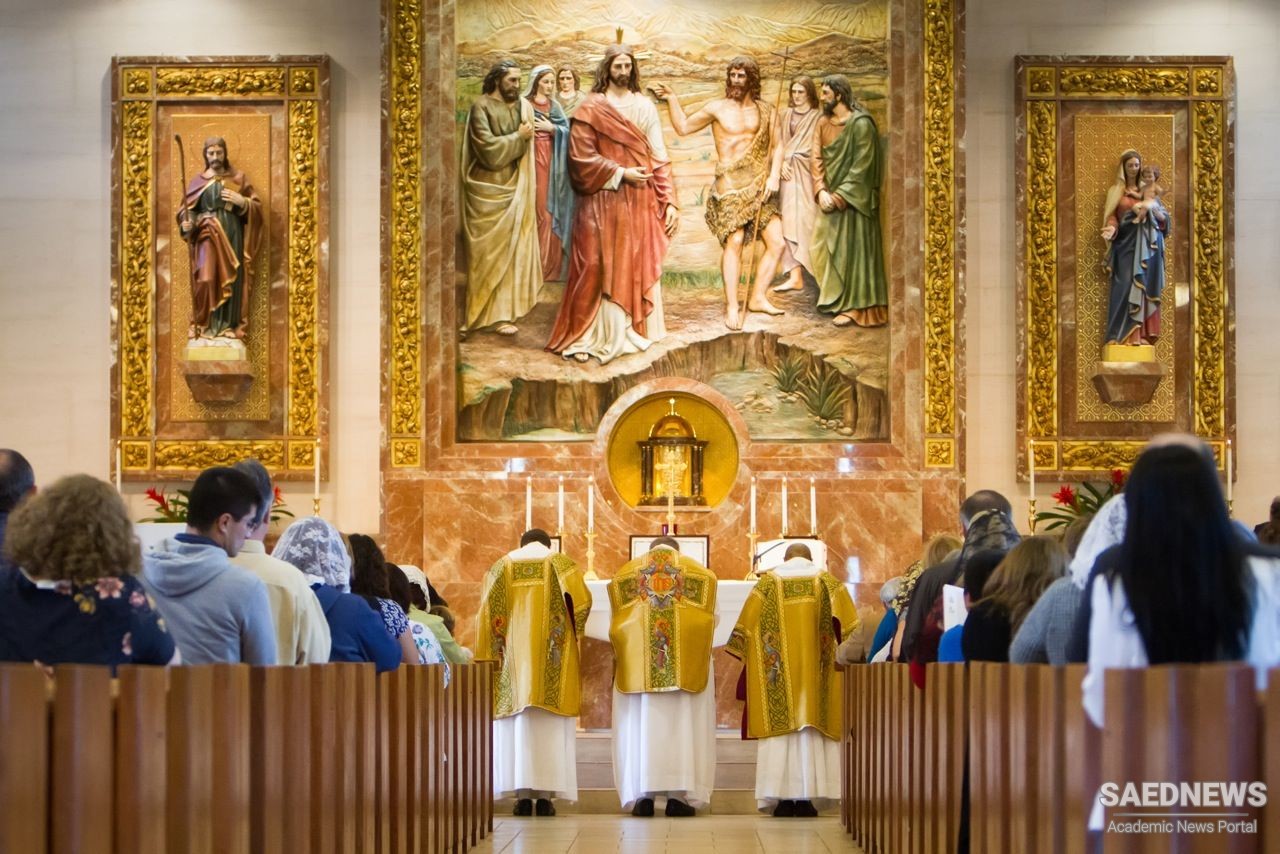One of the most orderly features of Gregorian chant is the way various styles of chant are assigned different functions in the worship service. The Gregorian repertory includes a wide range of styles; very simple chant is reserved for simple occasions, or for those portions of festive occasions where the text being sung is far more important than the music, or where both text and music merely accompany an important liturgical action. More elaborate styles are used for more festive occasions, or for those portions of the service whose function is largely musical. A large part of the Gregorian repertory is “service music” in the sense that its principal purpose is to accompany or solemnify the action of worship; such music does not claim to be a complete artistic experience in itself. Only a few kinds of Gregorian chant are designed to occupy the listener’s full attention, and these kinds are carefully placed in the service so that full attention may be given them. In judging and analyzing Gregorian styles, one must know the intended liturgical function of a piece. The most important service of the Roman Church was, and is, the mass—important first for theological reasons, but important to us because music for the mass is the central part of the Gregorian repertory. Over the centuries this service, originally a simple, direct sequence of events, has been surrounded by much supplementary ritual, as naturally happens to any well-loved, oft-repeated action. For musical purposes, however, we need to know only the main outlines of the liturgical action. Furthermore, we need to concern ourselves primarily with those portions that attracted the attention of composers. The Roman mass consists of two disparate parts, descended from two distinct services. The first part, called synaxis (cf. synagogue), consists basically of a prayer, a Scripture reading or lesson, the singing of a part of a psalm, and another lesson. The alternation of lessons and psalm singing, descended from Judaic practice, is basic to much of Christian worship. The prayer is called a collect, in that it is a public prayer sung by the priest on behalf of all present. The collect is sung to a simple melodic formula or tone, to be described shortly. It is the prayer of the day, varying from Sunday to Sunday in order to point up the significance of the great feasts, such as Christmas and Easter, and the seasons surrounding them. The first lesson, called the epistle, is usually taken from the Epistles of Paul in the New Testament, and the second lesson, called the gospel, is from one of the four Gospels. As with the collect, there is a different epistle and gospel reading for each Sunday and feast day. Epistle and gospel are sung by the priest to melodic formulas similar to those used for the collect.


 Gregorian Chant and Role of Franks in Development of Western Music
Gregorian Chant and Role of Franks in Development of Western Music














































